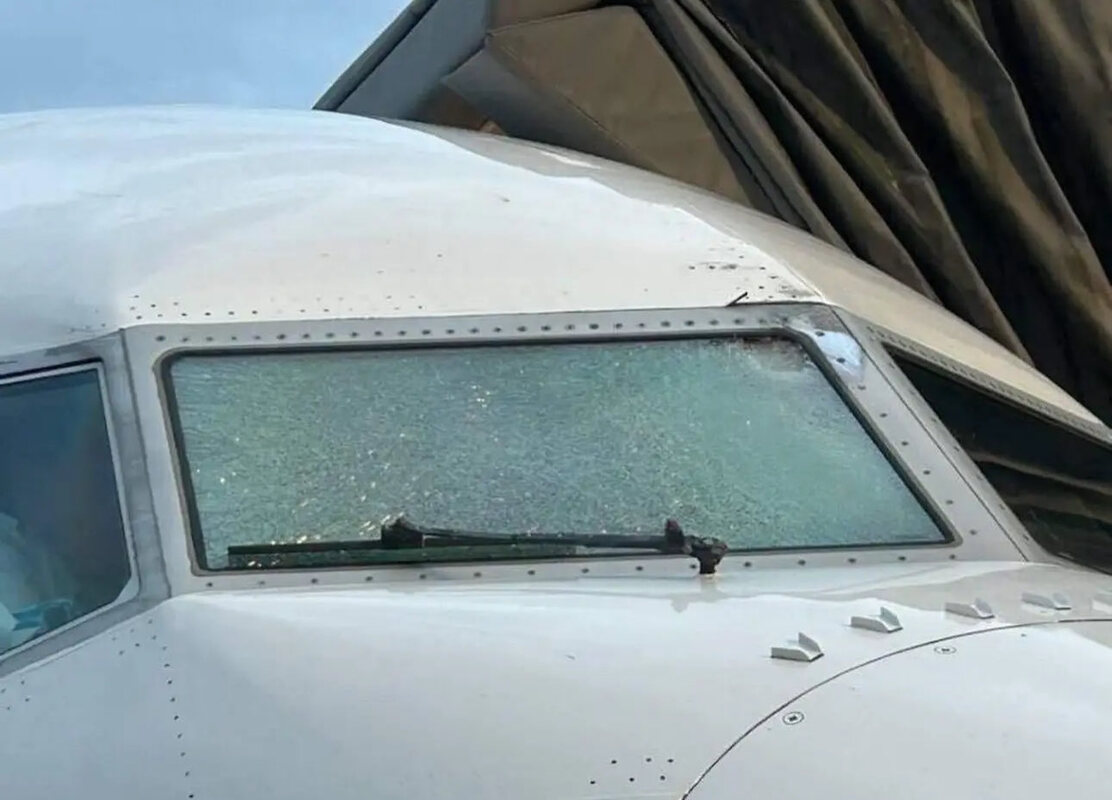On October 16, 2025, United Airlines flight UA1093, operated by a Boeing 737 MAX 8 registered as N17327, encountered sudden drama while cruising midflight.
The aircraft had departed from Denver International Airport (DEN) bound for Los Angeles International Airport (LAX) at an altitude of 36,000 feet.
United Airlines UA1093 Denver-Los Angeles
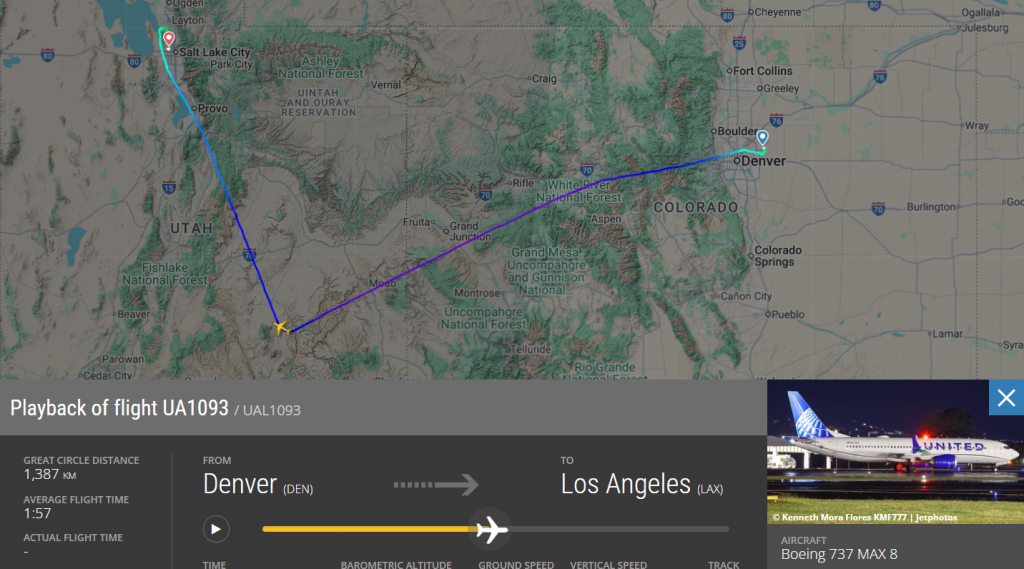
Approximately 200 miles southeast of Salt Lake City, near Moab, Utah, the cockpit windshield suddenly cracked. The flight crew initiated a precautionary descent to 26,000 feet. Shortly afterward, they executed a diversion to Salt Lake City International Airport (SLC).
The aircraft touched down safely on runway 16L, approximately 50 minutes after the incident occurred.
The captain sustained minor abrasion injuries to his arm, which experts believe resulted from the impact force or scattered glass fragments.
United Airlines promptly replaced the flight with a Boeing 737 MAX 9, allowing passengers to reach LAX about six hours behind schedule.
The airline generously covered hotel accommodations during the delay. As of October 19, the damaged aircraft remained grounded at SLC, awaiting thorough inspections.
Verified photos shared online reveal scorch marks and extensive cracks concentrated in the windshield’s top-right corner. These details strongly indicate a high-energy strike from an external object.
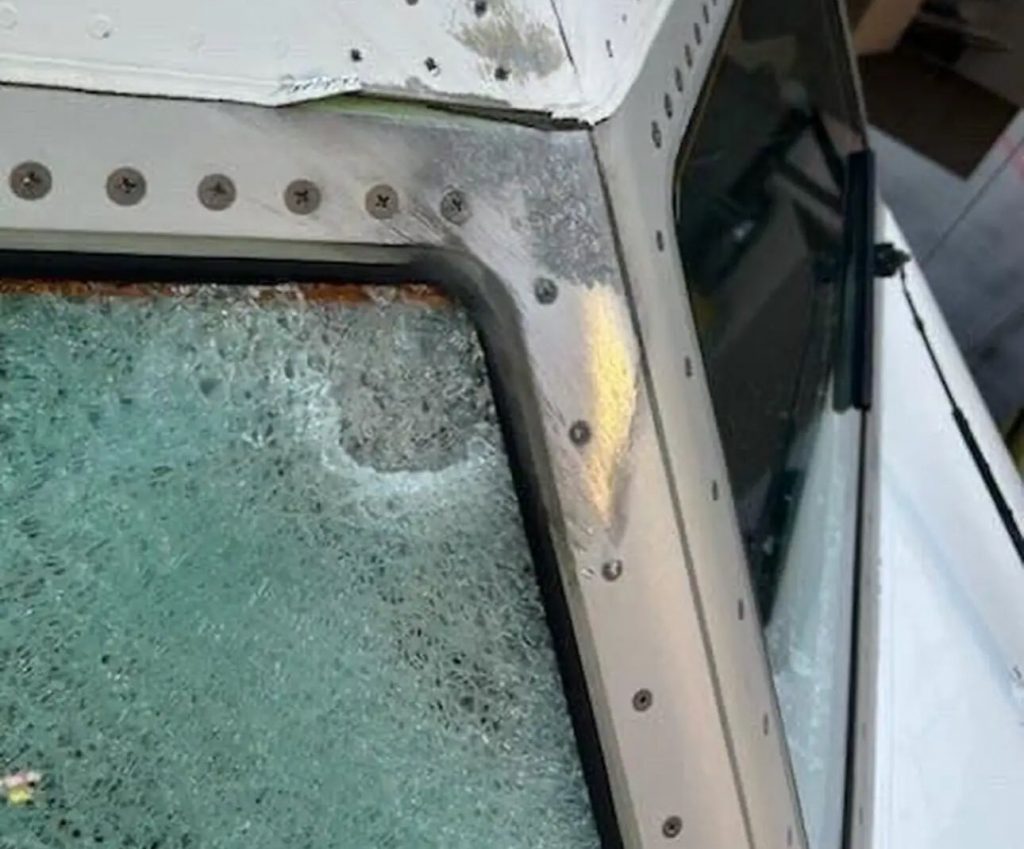
Investigation Underway
The National Transportation Safety Board (NTSB) is leading the comprehensive probe, with support from the Federal Aviation Administration (FAA).
On October 19, the NTSB issued an official statement: “We are investigating the cracked windscreen on a Boeing 737-8 near Moab, Utah. United flight 1093 diverted safely to SLC.”
Investigators are taking several key steps, including:
- Shipping the multi-layer windshield to NTSB laboratories for detailed forensic analysis.
- Reviewing flight data recorders, radar tracks, weather reports, and crew interview statements.
- Analyzing the captain’s firsthand account of observing an object striking the aircraft.
Boeing 737 windshields are engineered to withstand impacts like hail or bird strikes. Yet, the unique damage pattern in this case stands out prominently.
The scorch marks, in particular, suggest exposure to extreme heat from atmospheric re-entry.
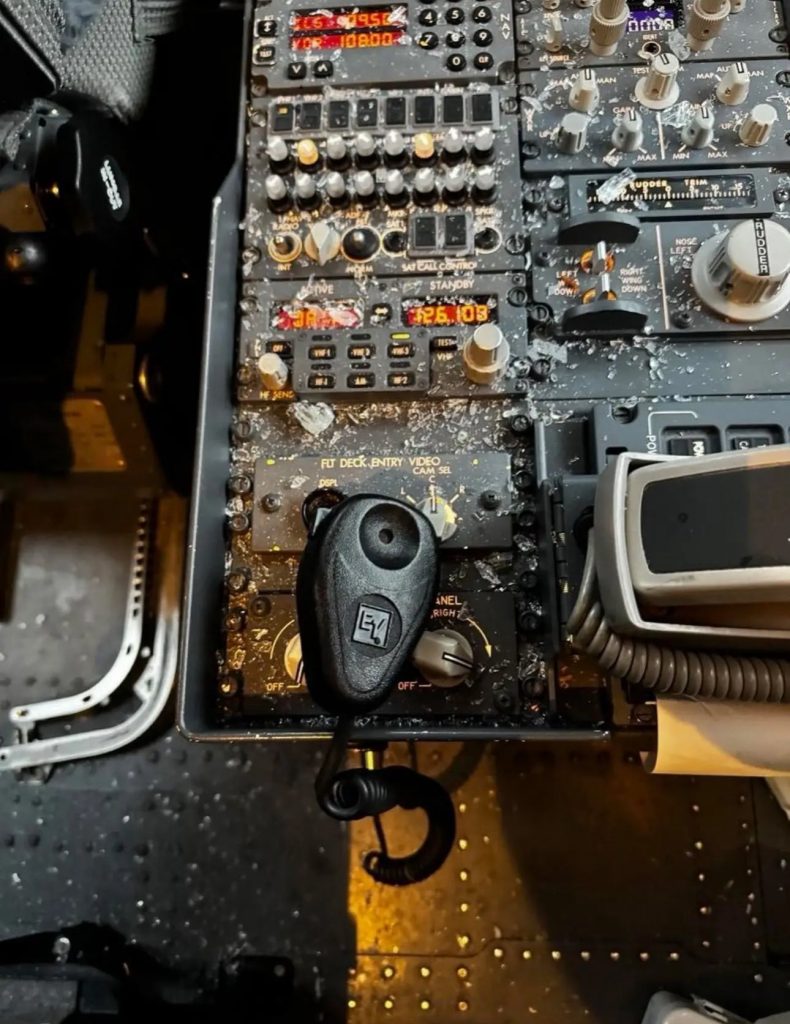
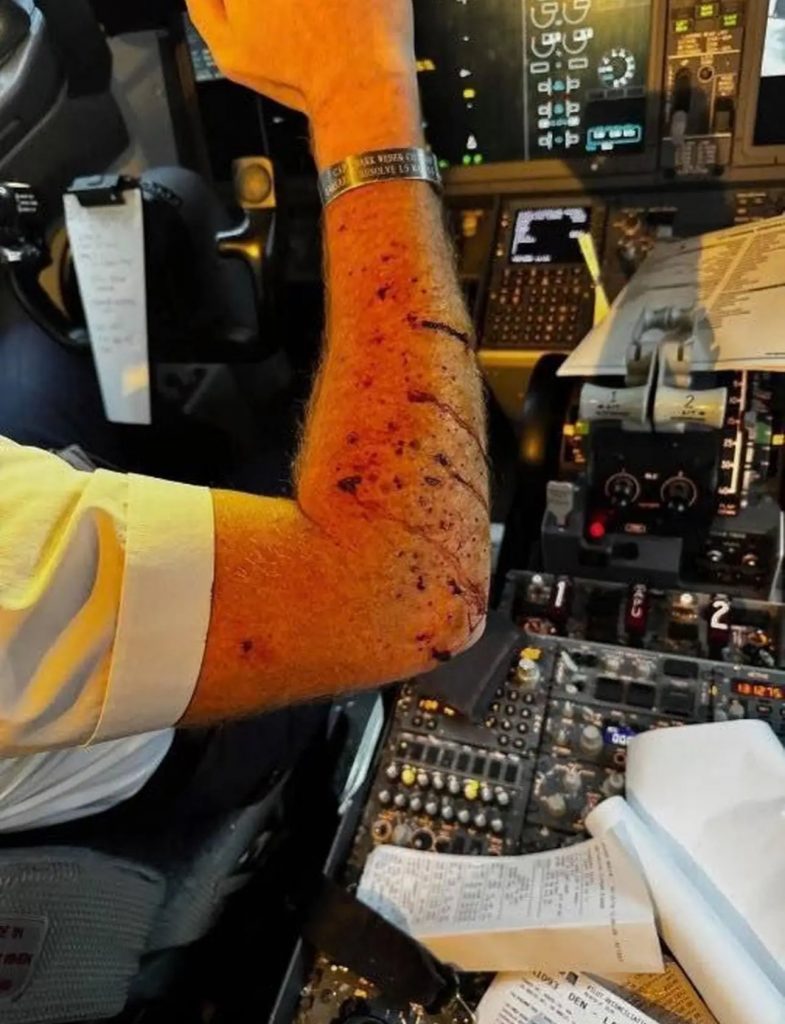
Possible Causes
Space debris currently tops the list of likely causes. At 36,000 feet, orbital junk presents extremely rare but real risks to aircraft.
According to a 2023 FAA report, there’s about a 0.1% annual global probability of space debris causing aviation harm.
More than 36,000 tracked debris pieces currently orbit Earth. For any individual passenger, the odds of such an event are roughly one in a trillion.
A meteorite—specifically, a small meteoroid burning up as it enters the atmosphere—also fits the evidence perfectly. The observed burn patterns align closely with this scenario.
Other potential explanations, such as hail, seem highly unlikely given the cruising altitude. Mechanical stress from pressure changes typically does not produce scorch marks or result in crew injuries.
If investigators confirm an orbital debris strike, this would mark aviation’s first documented case of its kind. Such a finding could prompt the FAA to introduce new regulations for optimizing flight paths.
The windshield’s redundant multi-layer design maintained cabin pressure stability. No issues arose in the passenger cabin at any point. Travelers praised United Airlines for their supportive handling of the situation. “The safe landing really eased all our nerves,” commented one relieved passenger.
The captain’s arm bruise was the only reported injury. Medical evaluations cleared every person on board without further concerns.
Broader Implications
The growing volume of space clutter, fueled by increasing satellite launches, has brought these rare risks into sharper focus. This incident serves as a stark spotlight on potential vulnerabilities in modern aviation.
The NTSB anticipates releasing preliminary findings in the coming weeks. In response, airlines may soon adjust routes to avoid debris-prone zones.
United Airlines emphasized in a statement: “Only one layer of the multilayered windshield was damaged, and its robust design ensured a safe flight throughout.”
Boeing is fully cooperating with the ongoing probe.
This extraordinarily rare event highlights emerging space-age challenges.

